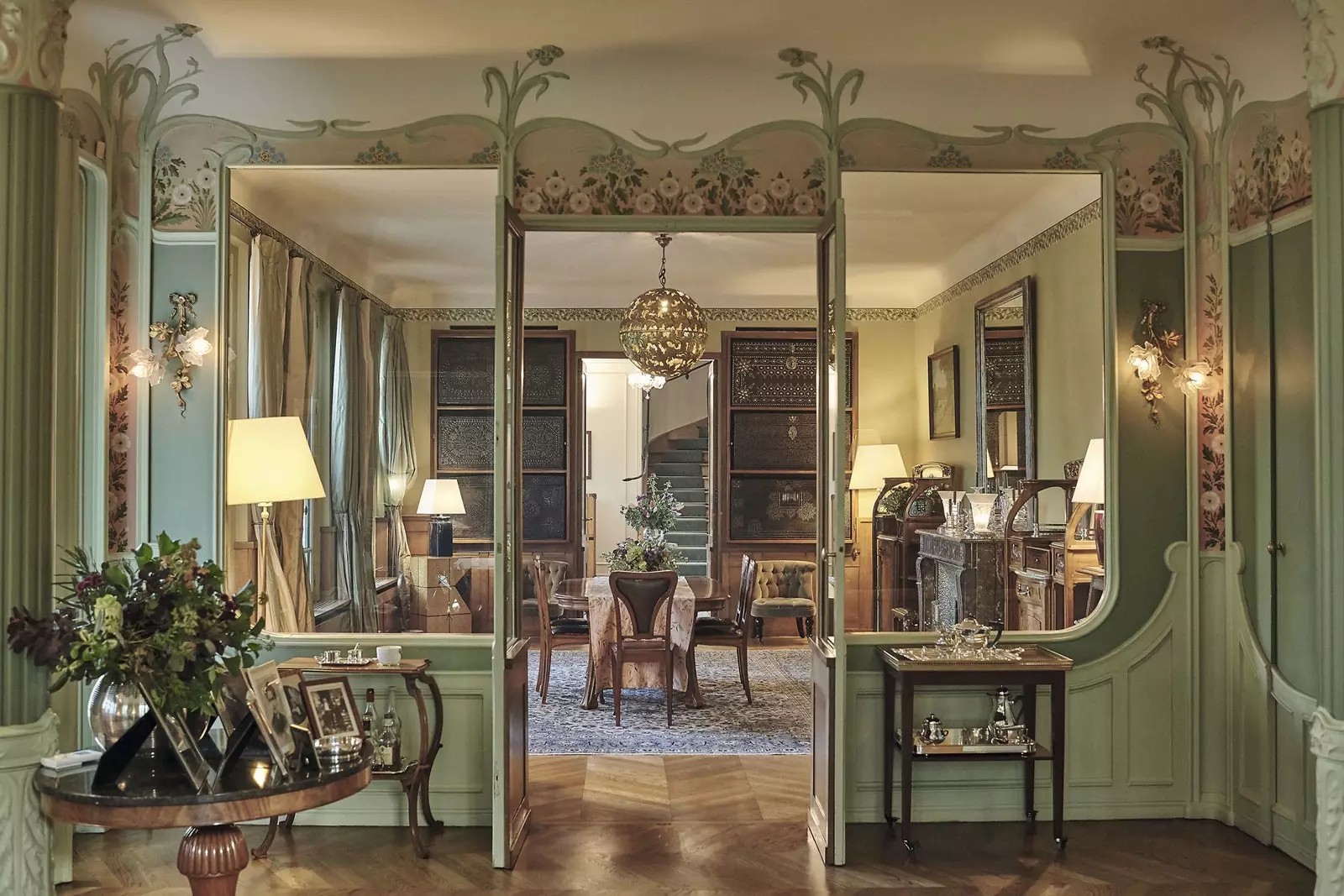
The Asnières-sur-Seine salon today
Metal rivets and a tarpaulin marked the beginning of a new era for Louis Vuitton and for everyone who loves the world of travel and fashion. The increase in fast trains and the popularization of the use of the steamboat made people travel more and better – let us remember that in 1873 Around the World in 80 Days was published, the Jules Verne work that so well captured the feeling of an age eager for exoticism – so explorers, hedonists and aesthetes of all stripes (but above all upper classes) began to need resistant as well as elegant trunks and suitcases that allowed them to embark on an adventure in times when the label required different clothes for lunch, tea, dinner...
While the competitors kept doing the same old thing, Louis stood out with this change in details, creating an emblematic product that has set trends without changing its DNA. in 165 years of history.
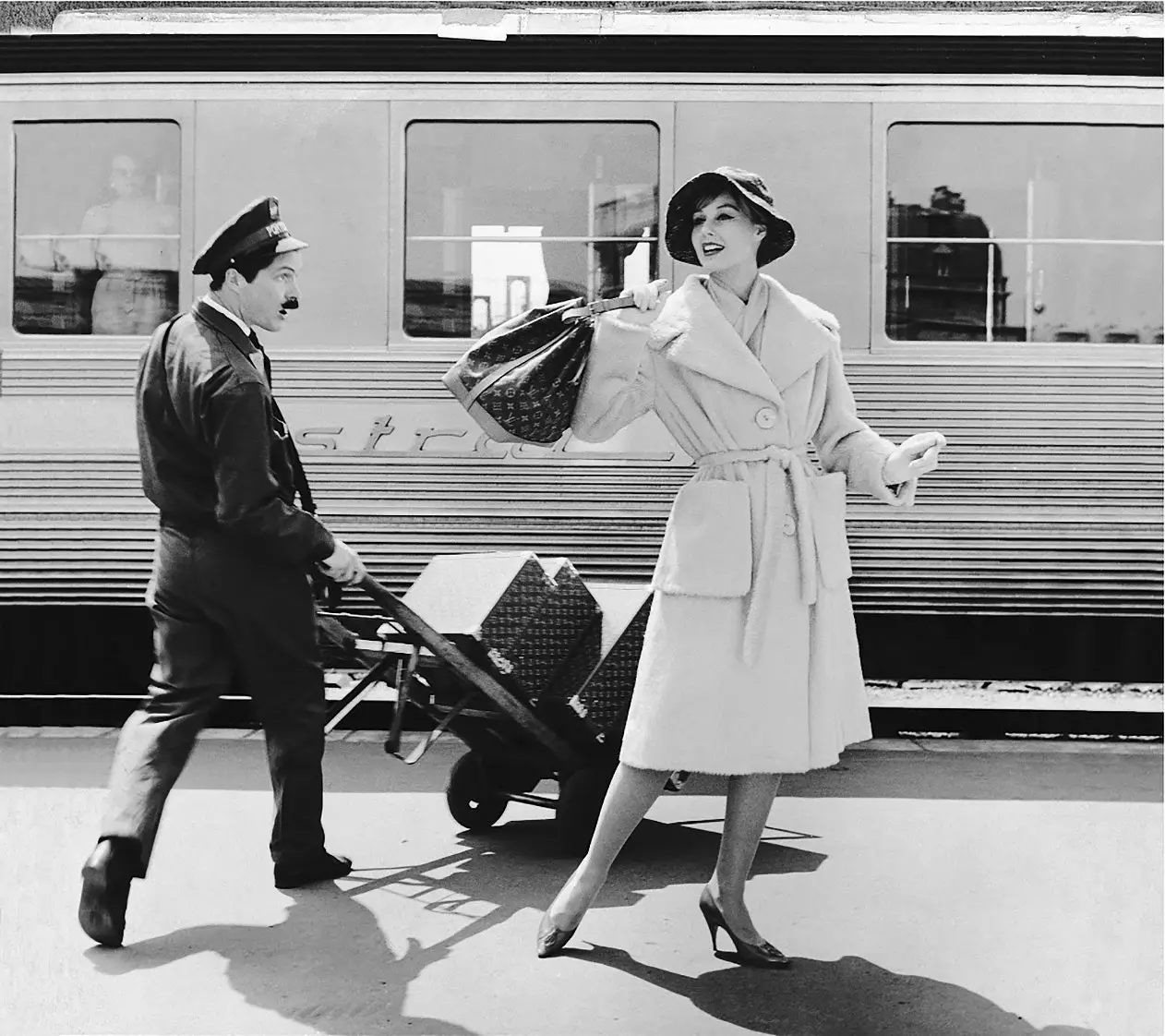
1960s fashion photo on the Mistral platform, a luxury train that connected Paris and the Côte d'Azur
Condé Nast Traveler has had the privilege of delving into what was his house on the outskirts of Paris and browse (with permission) his family photos in black and white, as well as the opportunity to take in our hands one of the mythical flower boxes, those little boxes that the businessman designed to send thank you flowers to his loyal customers.
But, Where did Mr. Vuitton come from and how did he end up living in this small country house in Asnières-sur-Seine? The original Vuitton settled here with his family in 1859, five years after opening his first store in the French capital.
The dazzling success of his creations forced him to look for more space in this small town, which later engulfed the city, and which was then a short distance from it. The advantage was clear: its location next to the river made it possible to transport goods, both raw materials and already made suitcases, in direct connection with the Gare Saint-Lazare , close to the store on rue des Capucines.
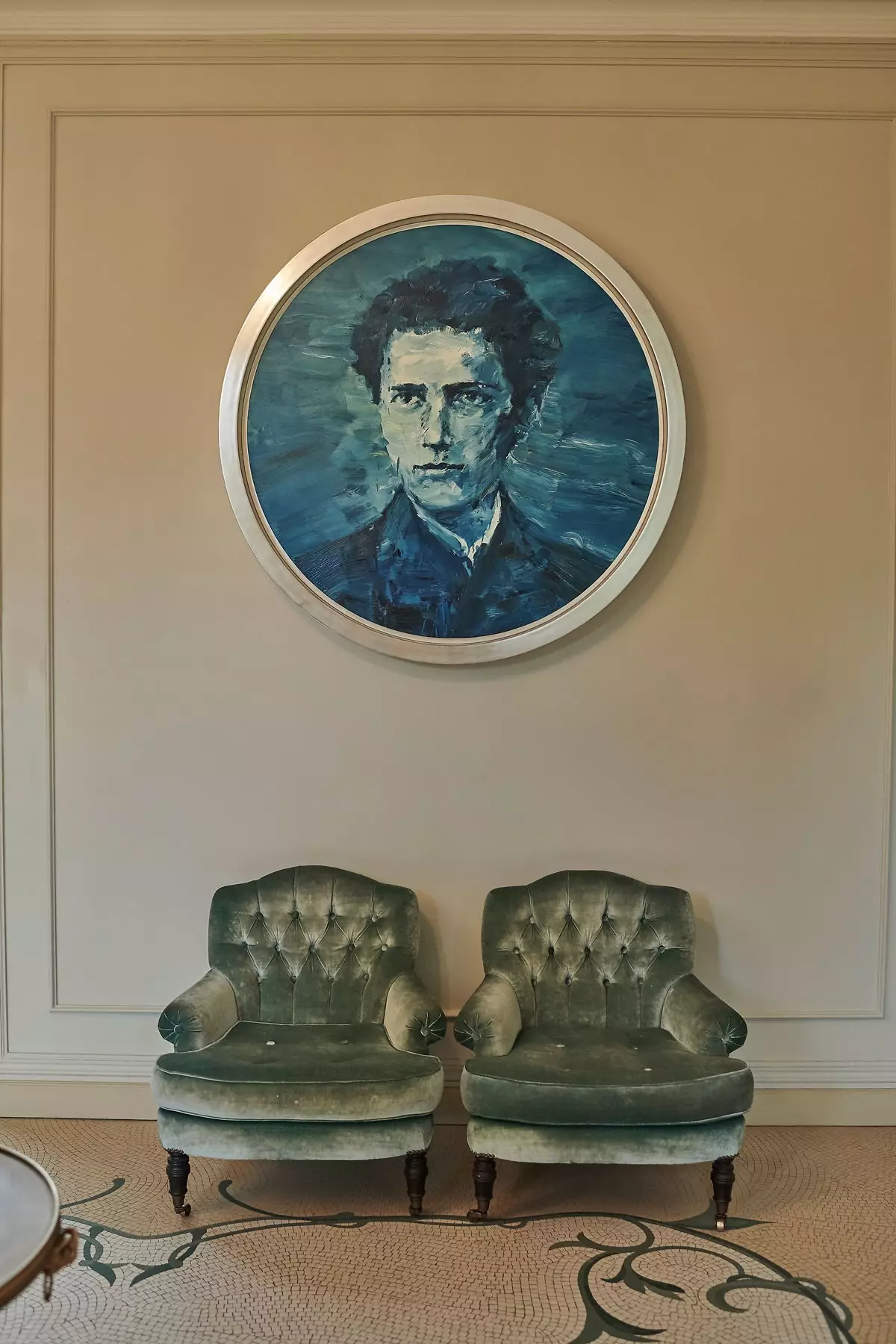
Stay of the Asnières-sur-Seine house with a portrait of Louis Vuitton made by Yan-Pei-Ming
In the upper part of the atelier, inspired by the futuristic style of the Eiffel Tower and so diaphanous and luminous that it had nothing to do with the oppressive workshops of the city, Louis established his home. However, it is necessary to go back further to understand the trajectory of a man who, how could it be otherwise, a trip marked for life.
he was born in Anchay, in the Jura mountains , within a family dedicated to carpentry for generations. As a thirteen-year-old adolescent he embarked out of necessity on a pilgrimage on foot that took him from this mountainous region between Switzerland and France to Paris , where he arrived in 1837 after two years of vital and labor apprenticeship.
The city of light then offered, as Chopin wrote in a personal letter, the greatest luxuries and the greatest poverty. Our young protagonist he went to work in Monsieur Maréchal's workshop, on rue Saint-Honoré, dedicated to packing for traveling aristocrats.
It was this work that led Louis to establish a relationship with that upper class that would be his clientele in the future , turning the pieces into a symbol of social status in which celebrities such as Paul Poiret and Sarah Bernhardt.
In fact, it was Eugenie de Montijo , empress and loving wife of Napoléon III, one of the first to trust his savoir faire. This stage allowed him to imagine those versatile suitcases that would adapt to the needs of the most elegant travelers.
Let us not forget that, in those times, ladies wore up to five different dresses a day (and what dresses, crinolines included). Knowing well the structure of suitcases, inside and out, gave birth to creations like the wardrobe, conceived for those embarking on long voyages by boat and with the double function of trunk and wardrobe.
Before Vuitton burst onto the scene, the trunks had a curved lid so that the rain would slip off: it is to him that we owe those with a flat lid, easier to stack, and with a lining so that the wood did not swell due to humidity. He was also the creator of the inviolable lock, which is shared by all his prototypes.

Cover of the 1901 Louis Vuitton catalog in English
The Asnières-sur-Seine house is not a museum, nor does it look like one. It only opens to the public a couple of times a year, on a very exclusive basis, and it still looks like what it once was: a home. Until the 60's he lived here Josephine, the wife of George Vuitton, son of Louis.
descendants like Patrick-Louis Vuitton , Louis's great-great-grandson, who died in November 2019, have become deeply attached to this family property, whose decor inspired *some details of Nicolas Ghesquière's spring/summer 2020 collection.
Next to the crackling fireplace –which is not the original, but a replica– we have a coffee and walk through the adventures of the family and the firm. was the ambitious george (1857-1936), who headed the company, who expanded this house and transformed it into an art nouveau mansion adding many decorative details inspired by Japanese culture.
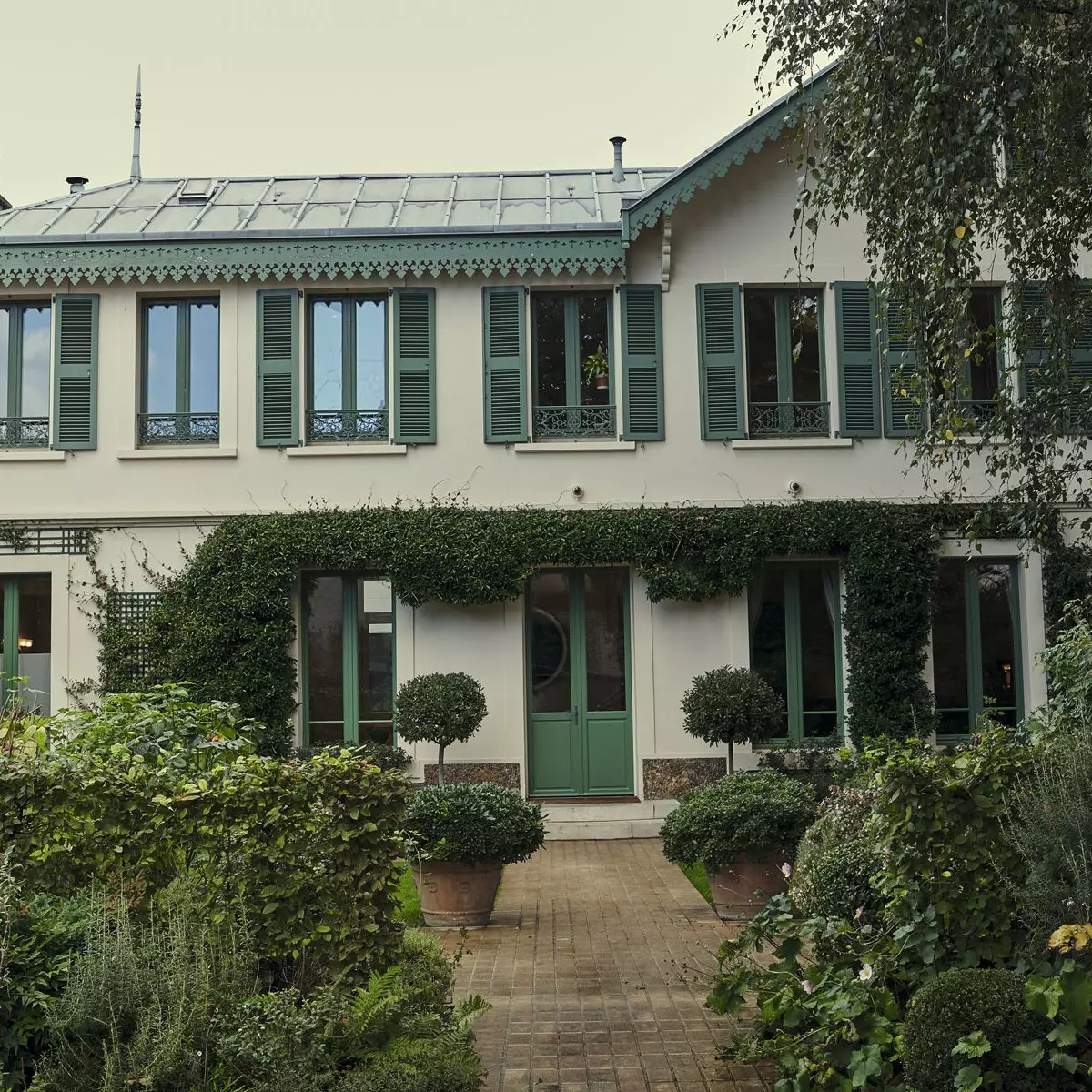
house facade
The furniture and moldings have no edges and show soft forms taken from nature. They are also appreciated in the beautiful leaded windows with floral patterns, the work of a local artist.
George was educated in England and to him we owe the Monogram print, which he devised in 1896 to prevent copies by competitors, a plague that the firm suffered from its beginnings.
When users used to personalize their luggage with their own name, George Vuitton decided that they had better do it... with those of his father. He died in 1892 without ever seeing how the initials LV became one of the most powerful logos in the history of design.
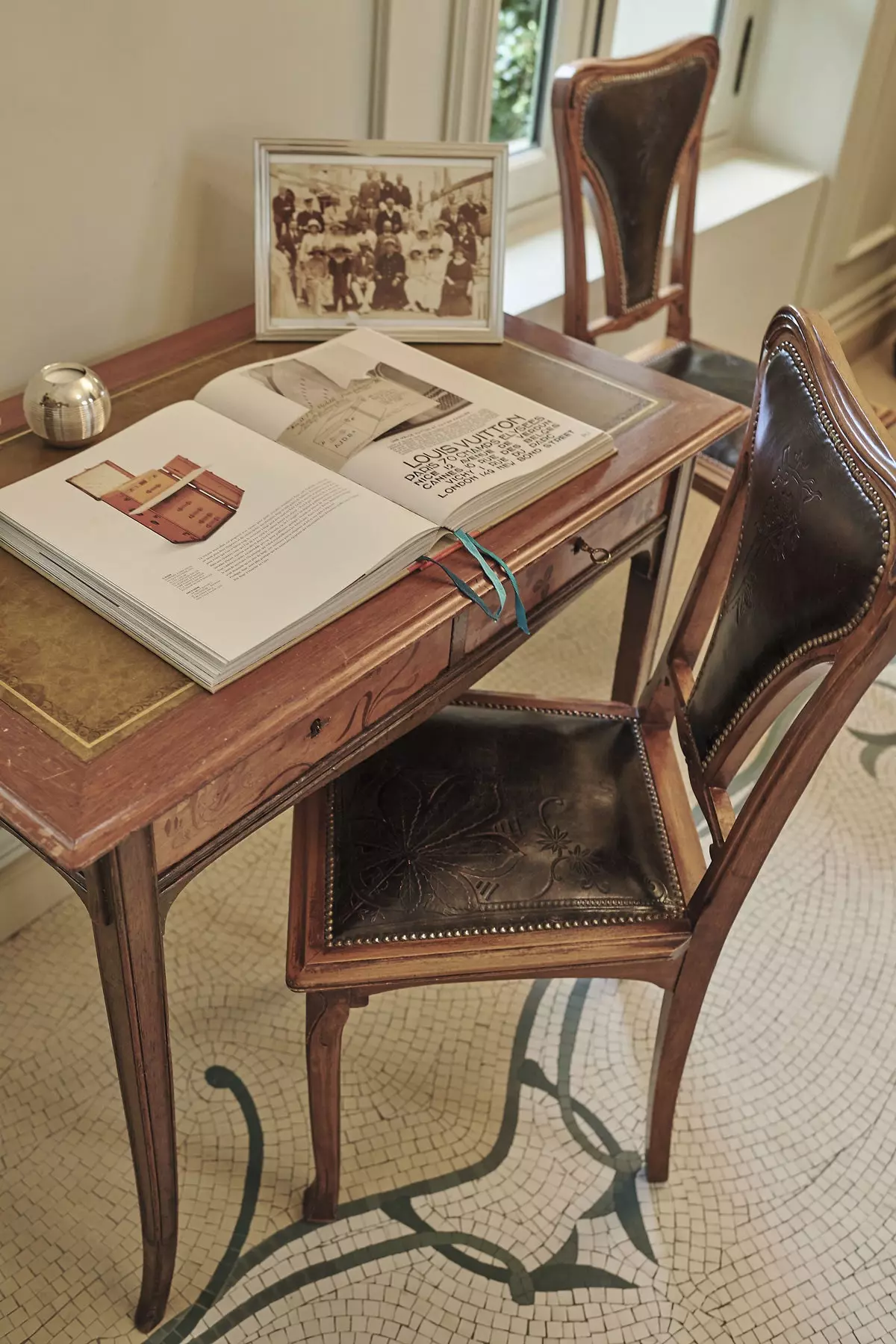
Louis Vuitton House Desk
Louis may not have fully understood his son's decision, but it was certainly a hit of effect that has reached our days going through milestones of style such as the productions with models in Vogue in the 50s and 60s, the star system of the 70s and 80s equipped with the pieces of the maison or the mythical models of the 90s dressed in LV from head to toe by the work and grace of Marc Jacobs.
Artists like Murakami have also played with the concept and Nicolas Ghesquière claimed it, once again, in the Petite Malle chest bag from 2015. The collaboration of Kim Jones with Supreme or the addition of Virgil Abloh for men they are already fashion history, that elongated shadow of that adolescent of humble origins who packed the suitcases of the rich.
If George raised his head, he would see that this problem - which reached its climax in the 90s with the introduction of logomania in rap culture by Dapper Dan in Harlem– continues to this day, although the firm has known, like others, to take advantage of the ironic game.
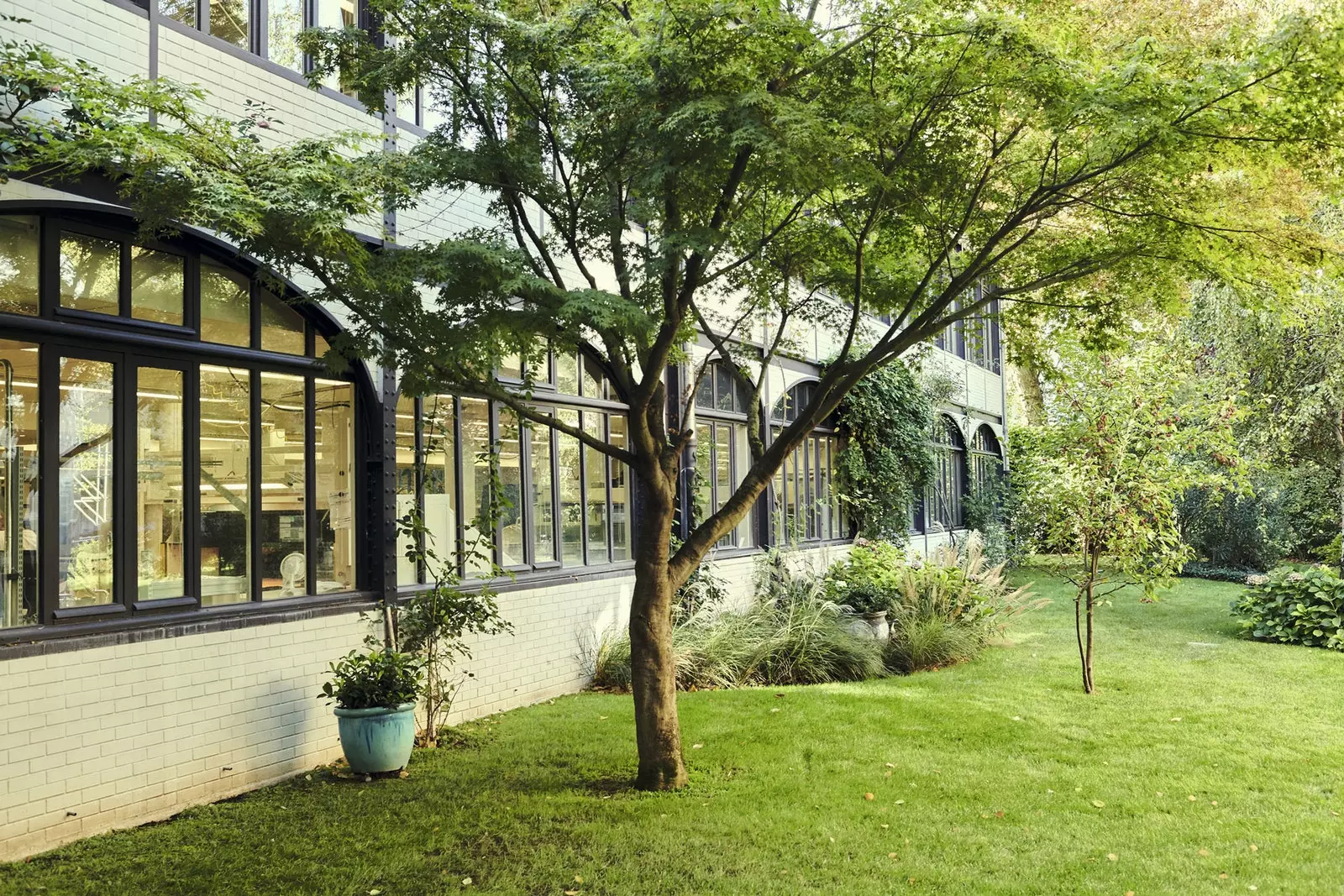
Exterior of the Asnières-sur-Seine factory
In line with other icons of luxury, Vuitton maintains part of its identity by offering a service that is close to the customer. Special commissions often earn a visit to its factory in Asnières, a magical place where some two hundred craftsmen take care of every detail to the millimeter. Knowing them is part of the experience and there is even a tradition that whoever makes the order can hit the last nail.
Usually the craftsman who starts a job is also the one who finishes it, it is not a chain process. Among the smell of wood – poplar, light and elastic, beech, homogeneous and easy to work, and okoumé, light and soft – some curiosities are discovered.
For example they use glued cotton to stick the pieces instead of metal, so that the final product is not so heavy.
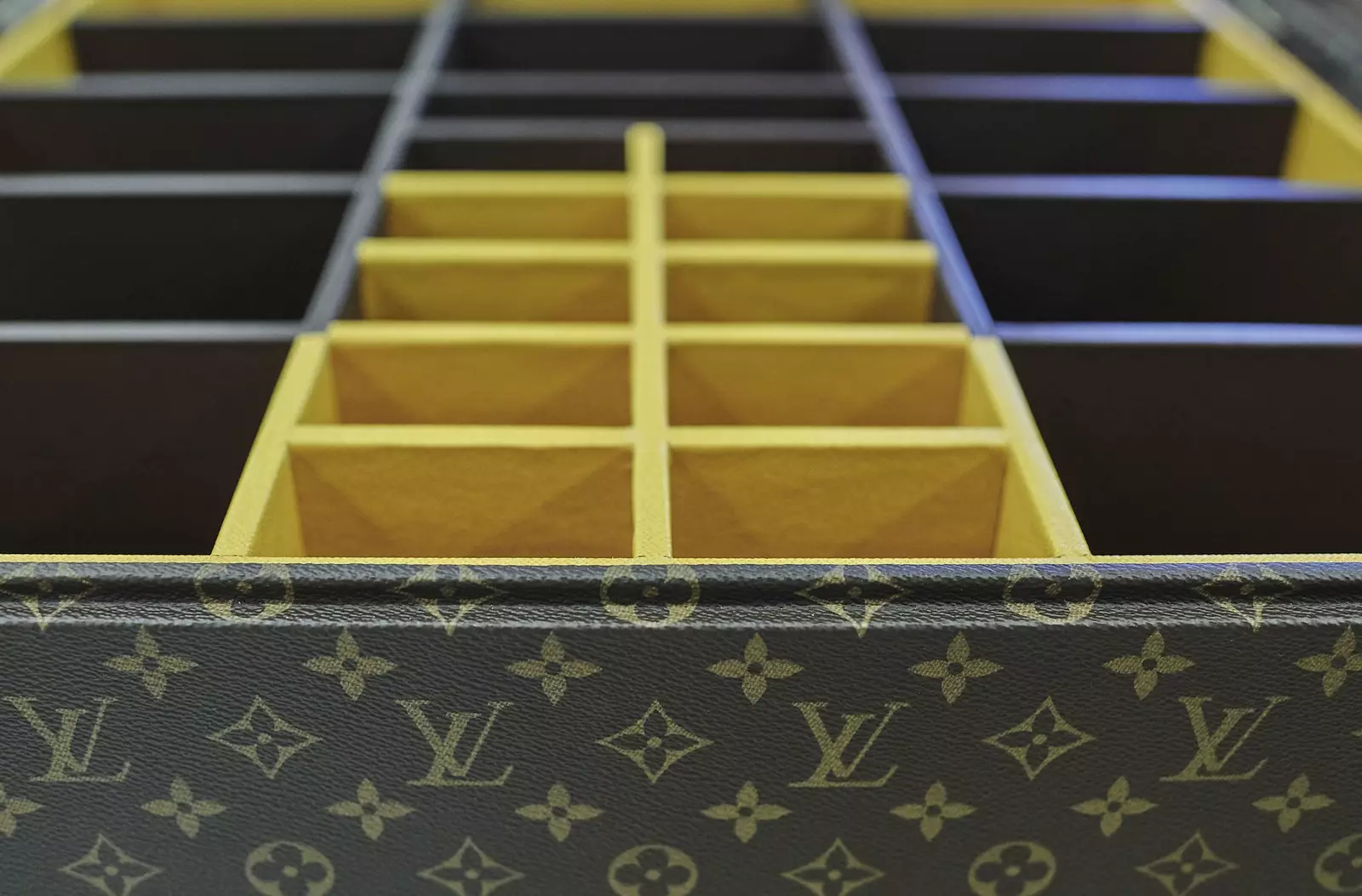
One of the special orders
Louis Vuitton has sixteen ateliers throughout France , but it is in Asnières where they dedicate themselves body and soul to those pieces tailored to the specific needs of the client (very specific, if not ask Ferran Adrià, who came to them so that his kitchen utensils traveled protected ).
Each order requires four months to a year of work and, whoever is lucky enough to visit this place of work, can also look into the history of the firm. The Time Capsule It is a fragment of the exhibition that has traveled the world showing the tour of the house: from the suitcase-bed for long trips to extremely rare contemporary pieces, such as the jewel bag by Yayoi Kusama, with room for other rarities, such as the perfume landmarks Sur la Route and Turbulences.
Pure history of the trip and the art of doing well.
*This report was published in the number 136 of the Condé Nast Traveler Magazine (February). Subscribe to the printed edition (11 printed issues and a digital version for €24.75, by calling 902 53 55 57 or from our website). The February issue of Condé Nast Traveler is available in ** its digital version to enjoy it on your preferred device. **
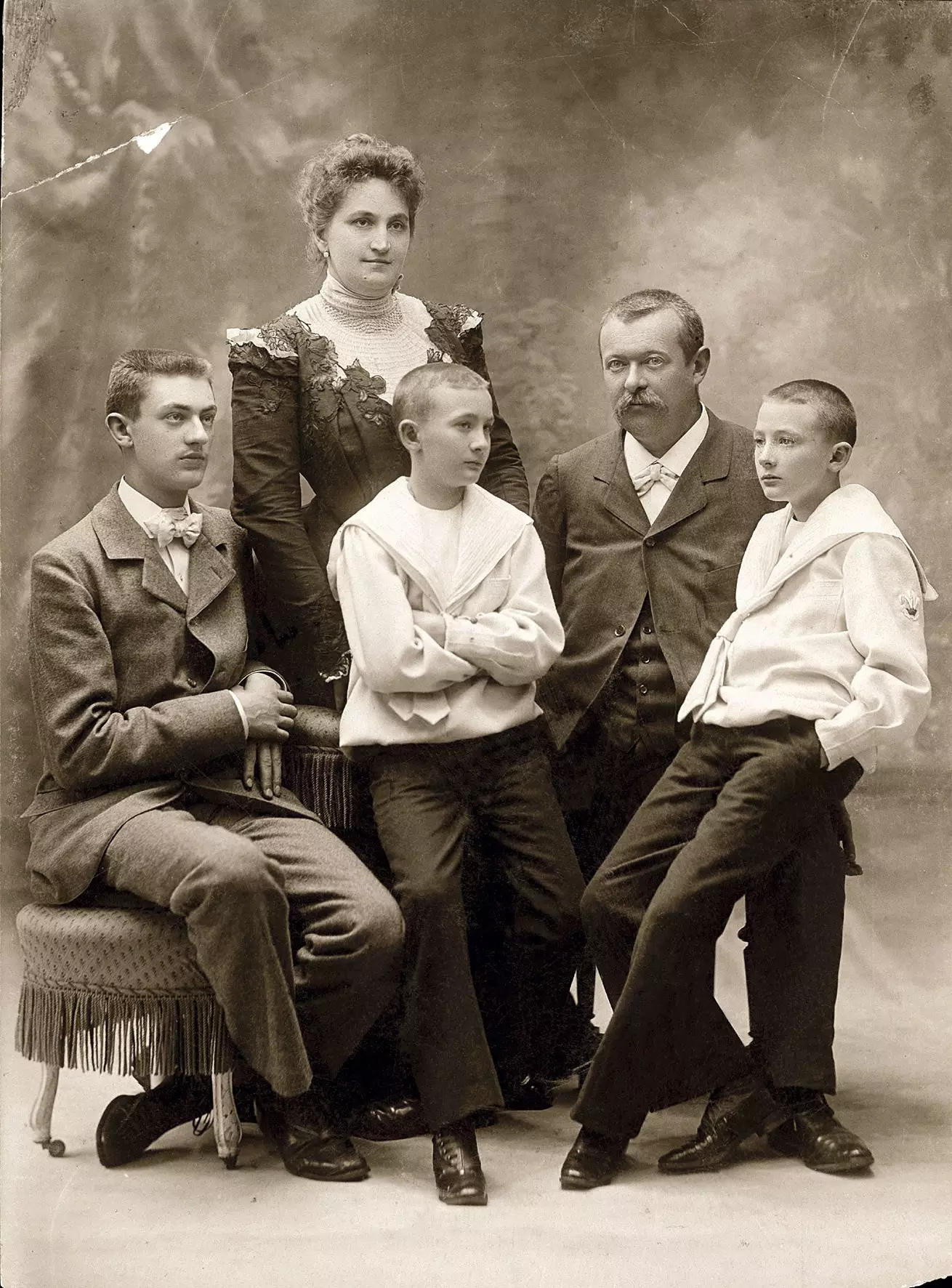
George Vuitton and Joséphine Patrelle with their children
